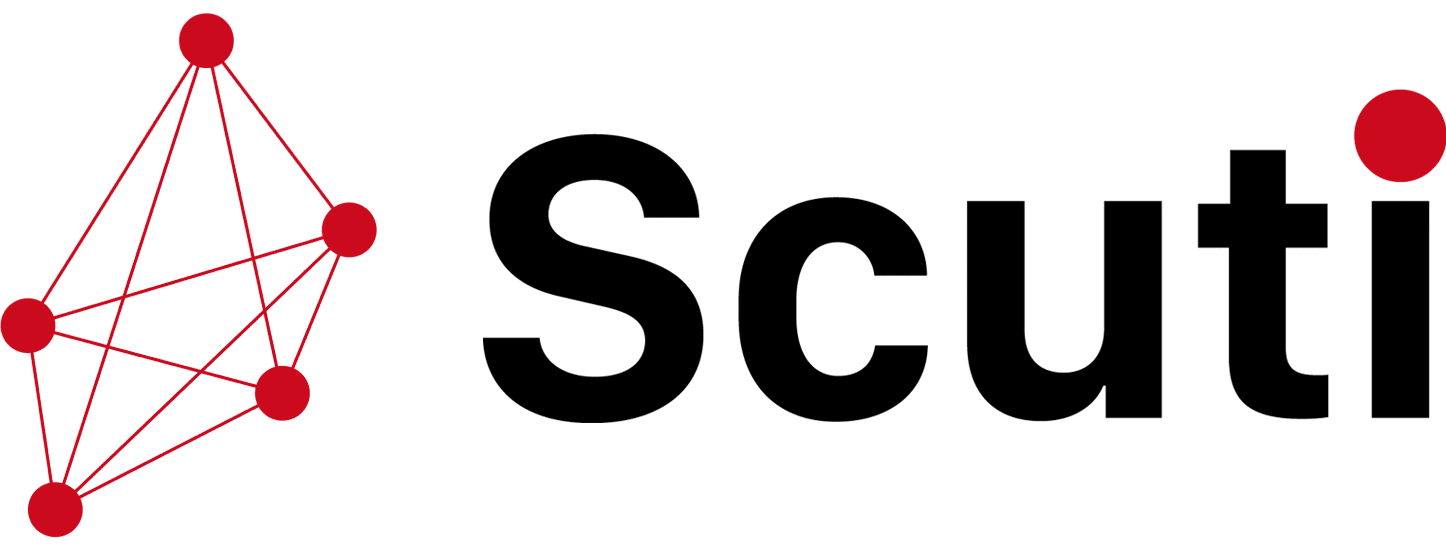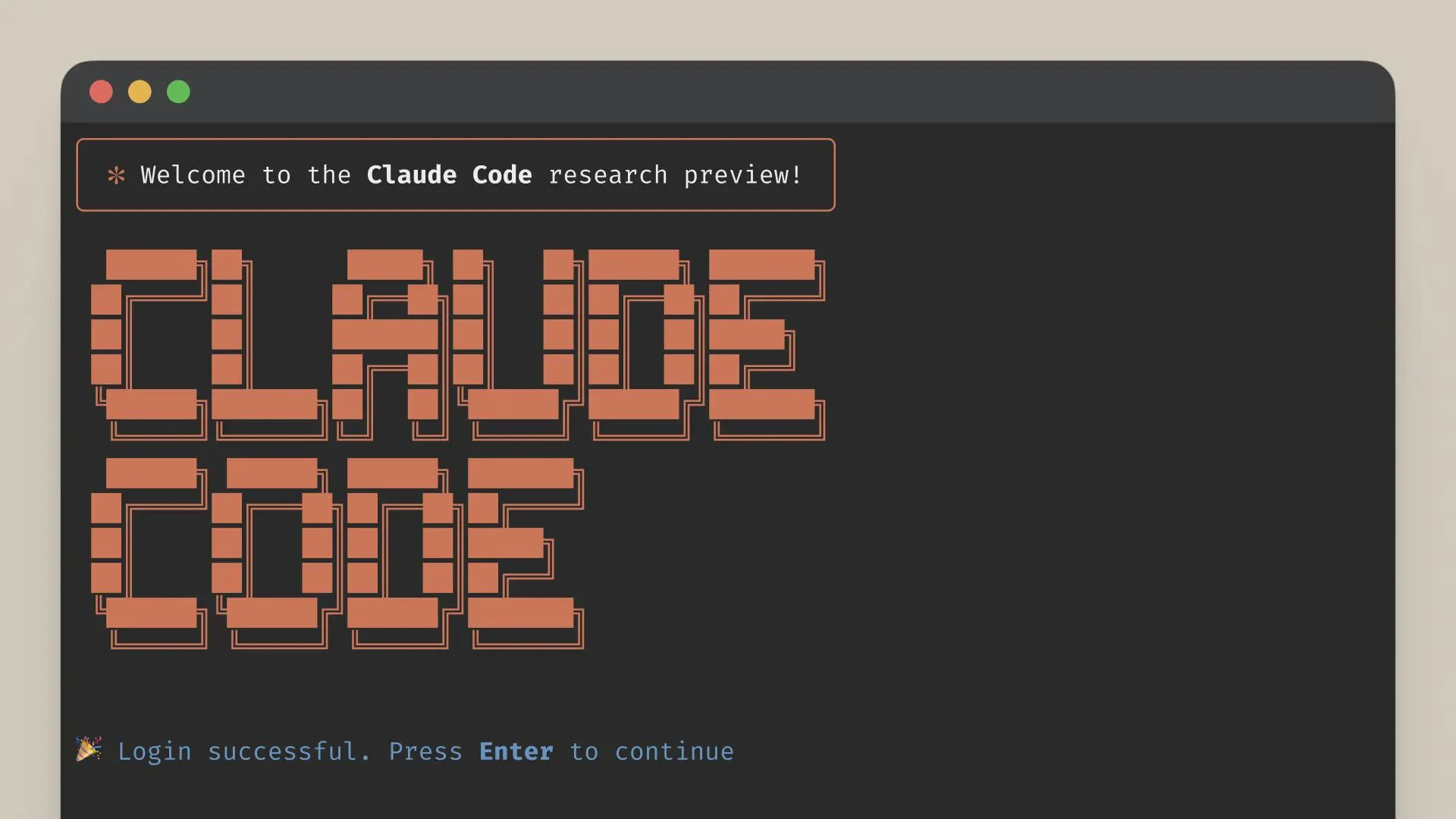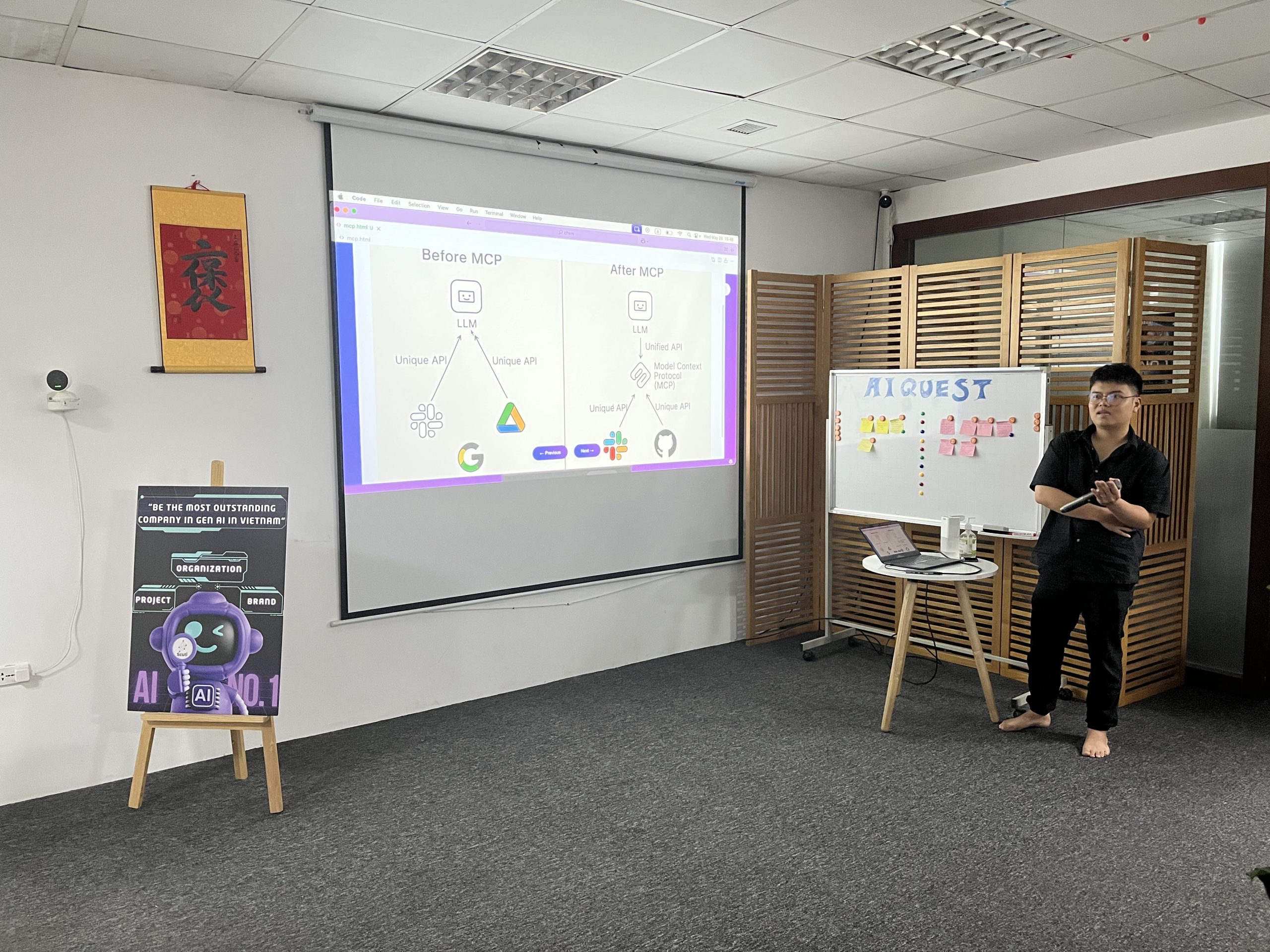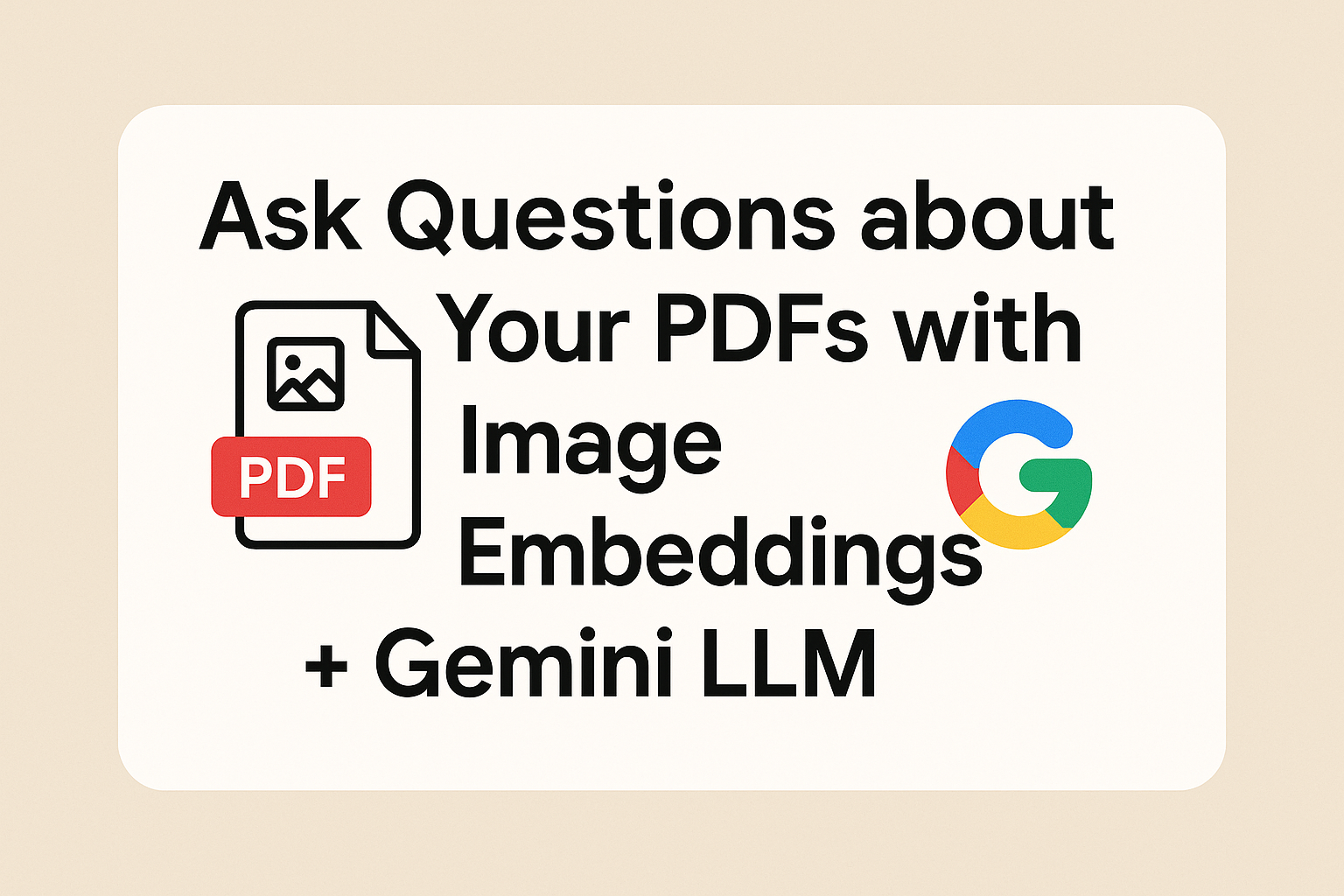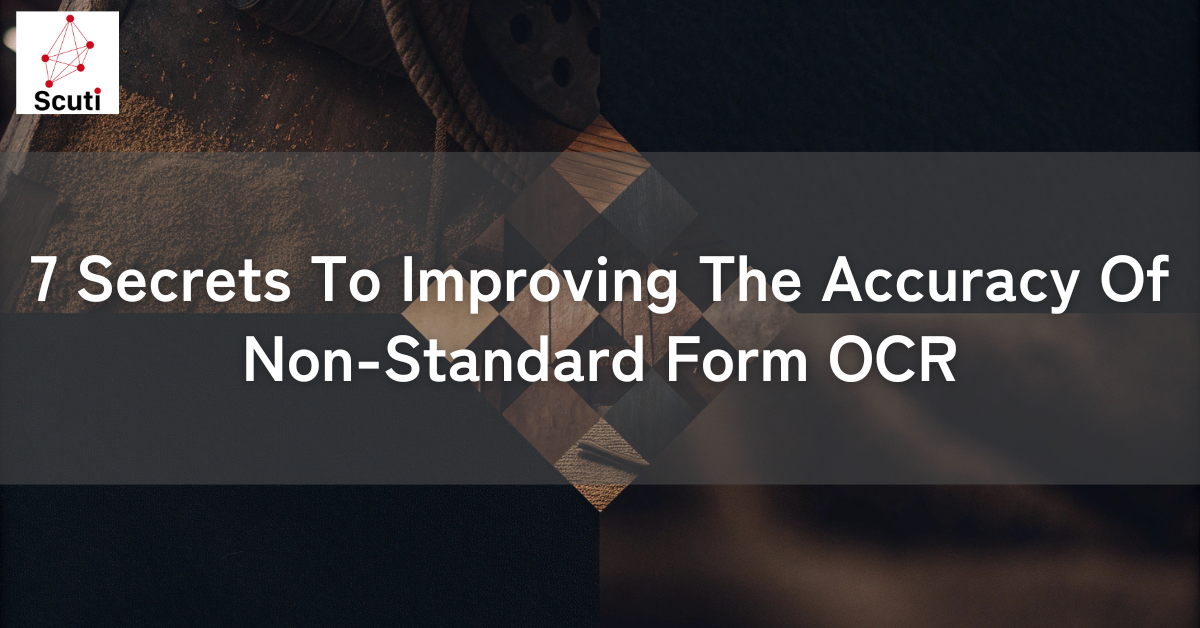Bạn đã bao giờ ước có một trợ lý lập trình thực sự hiểu codebase của mình, không chỉ đọc file dài dòng hay...
We make services people love by the power of Gen AI.
